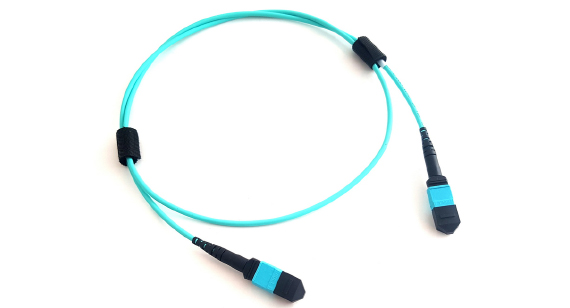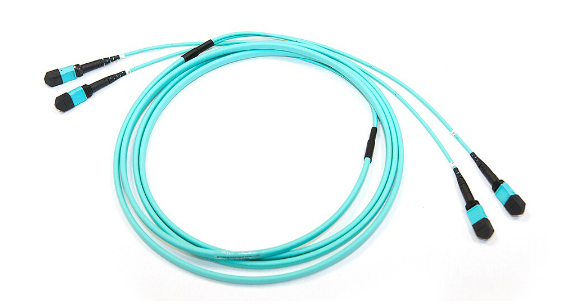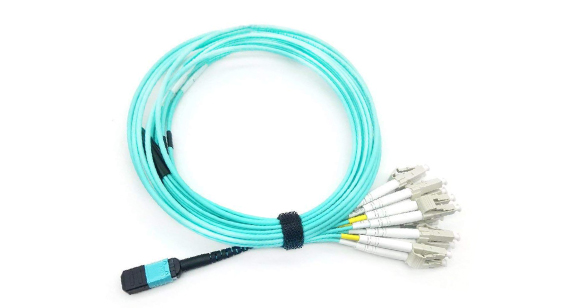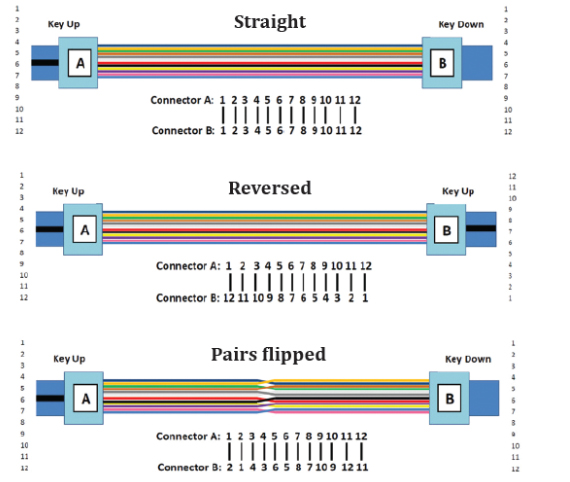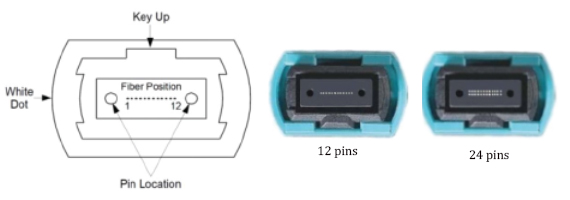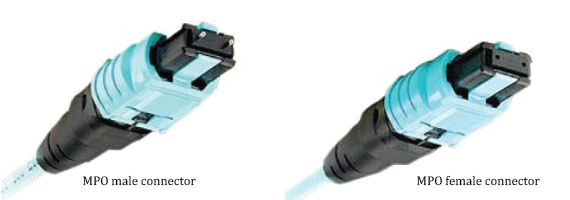As data center bandwidth and network connectivity continue to rise, traditional fibre patch cords are no longer efficient to facilitate high-density data center requirements. To solve this problem, MPO (Multi-fibre Push-On) fibre that houses more fibres in a multi-fibre MPO connector was introduced as a practical solution for cabling in data centers. In this article, we’ll help you understand the basic types and differences between the various MPO fibre cords so you can determine which type of fibre cable is best for your network needs.

